Last Updated on April 21, 2023
African cuisine is as diverse as the continent itself. With different tastes, textures, and traditions, African food offers an incomparable culinary experience. From the spiciness of North African stews to the flavour of Southern African barbecues, there’s a lot to explore.
Whether you’re a foodie looking to try new things or simply curious about the rich history and culture of the African continent, there’s something for everyone. So sit at the table and prepare to indulge in the mouthwatering flavours and customs of Africa’s rich culinary heritage.
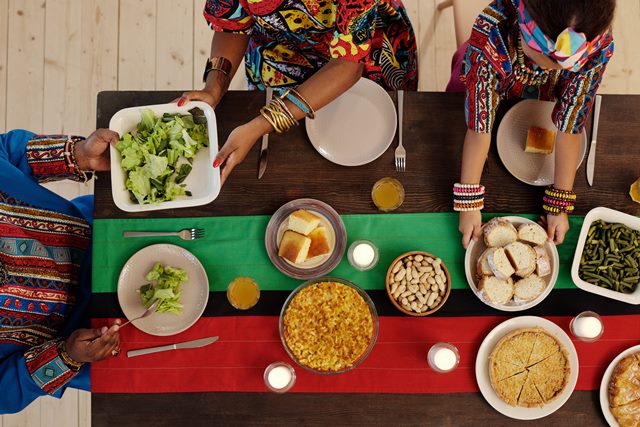
North African Cuisine
The culinary traditions of North Africa, which include Morocco, Algeria, Tunisia, Libya, and Egypt, are delightful and varied. It is influenced by the area’s distinctive geography, history, and cultural fusion. Over the years, this has created several intriguing and delicious foods.
Spices in North African Food
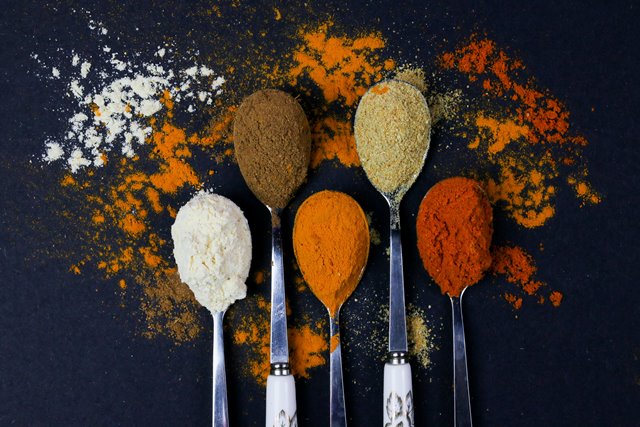
The use of spices is one of what makes North African food unique. Saffron, cumin, cinnamon, and paprika are just a few of the highly prized spices grown in this area. Many different dishes benefit from the depth, warmth, and complexity that these spices provide.
Couscous
Another component of traditional North African food is couscous. This tiny pasta is made from semolina wheat and is frequently offered as a side dish or the foundation for stews.
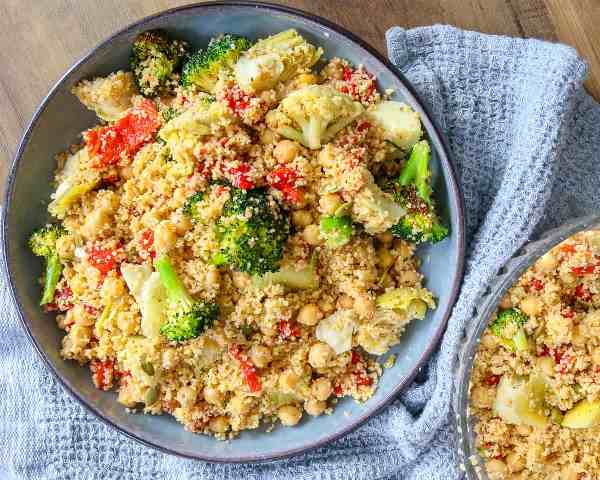
It is typically steamed and served with different vegetables, including carrots, onions, and tomatoes. Spices like saffron and turmeric can be used to flavour it.
Shakshuka
Shakshuka is another well-known dish from North Africa that has become popular in several areas of the world. During preparation, eggs are poached in a hot tomato and pepper sauce in this filling breakfast dish. It is often served with bread, so guests can dip their bites into the sauce and savour every last bite.
Baklava and Ma’amoul
Baklava and ma’amoul are other relishing dishes you’ll find in North African cuisine. These meals are popular amongst locals and tourists also find them delicious.
Baklava is a dessert made of phyllo dough layers that are filled with chopped nuts and honey syrup for sweetness. Ma’amoul are tiny pastries flavoured with orange blossom water and stuffed with dates or nuts.
Cultural Significance of North African Dishes
In addition to being delicious, North African cuisine is also significant in terms of culture and history. Interestingly, the region’s rich history of trade and migration is also reflected in the cuisine, as is the influence of its neighboring nations, including Spain and Italy.
Plus, many dishes are shared communally and served during significant occasions in North African culture. This is because food plays a significant role in these celebrations.
Read: 10 African Places to Visit on Your Next Vacation
West African Cuisine
Nigeria, Ghana, Senegal, Liberia, Sierra Leone, and other nations in West Africa all have an abundant culinary heritage. Bold flavors, spices, and starchy staples like cassava, yams, and plantains are used frequently in their cuisine.
Jollof Rice in West Africa
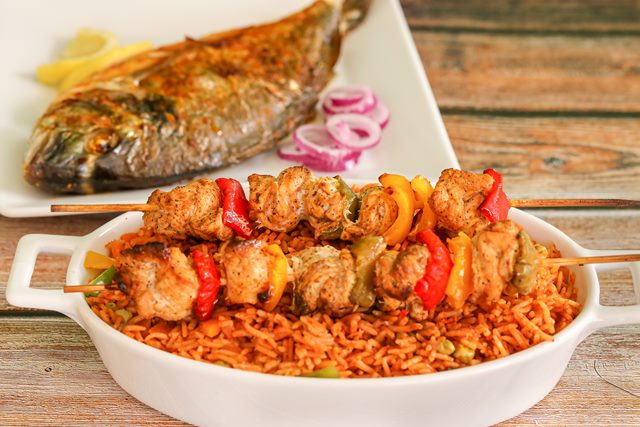
Jollof rice is one of the most recognizable foods in West African cooking. It is made with rice, vegetables, spices, and tomato paste. This delicious meal is frequently served as the main course, fried plantains, chicken, or fish, and a side of coleslaw or salad.
Interestingly, the region continues to debate who has the best jollof rice – or where it originated. Historical accounts do state that jollof rice was initially a Senegalese dish. However, who has the better-tasting variety will depend on you!
Fufu
Fufu is a starchy ball made from cassava or yams and typically served with a hot soup or stew. A common way to eat fufu, a staple of West African cuisine, is by dipping it into the soup and using it to scoop up the stew with the fingers.
Soup and Stews
West African cuisine also includes a variety of stews, soups, and sauces. Egusi or melon is made from ground melon seeds and can be paired with meat, fish, or vegetables. Another well-liked sauce is peanut sauce, typically served with rice, vegetables, or meat and made from ground peanuts, tomatoes, onions, and spices.
West African Snacks
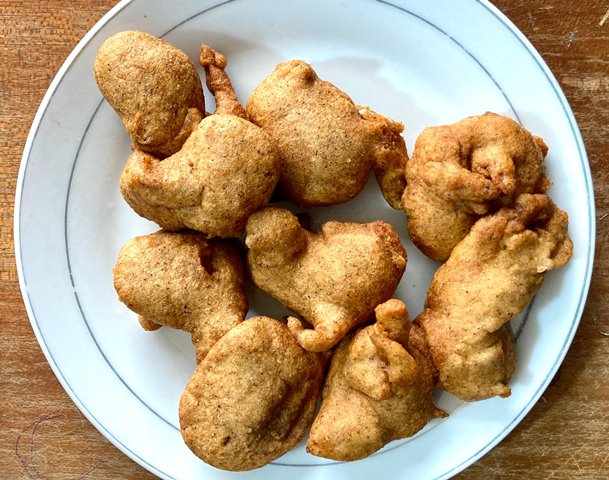
Furthermore, various street foods and snacks, including akara (bean cakes), meat pies, and plantain chips, are also a part of West African cuisine. These delicious snacks are a great way to sample the flavors of West Africa while on the go and are frequently sold in markets or by street vendors.
Cultural Significance of West African Dishes
The delicious cuisine of West Africa also reflects the historical and cultural heritage of the area, and a common practice in celebrations and festivals is the communal serving of food.
In addition, the region’s history of trade, migration, and contact with other cultures, like the Portuguese and French, has influenced several dishes.
Read: 10 Easy and Delicious Meal Prep Ideas for a Busy Week
East African Cuisine
Kenya, Tanzania, Uganda, Rwanda, and Burundi all have different mouthwatering dishes. The East African cuisine is distinguished by using fresh ingredients like fruits and vegetables, starchy staples, and spices.
Ugali
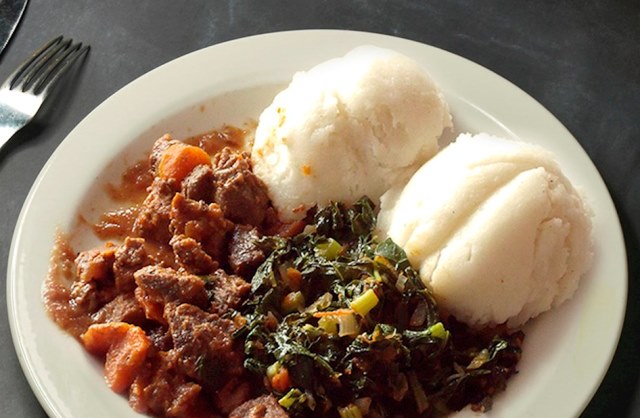
Ugali is among the most well-known dishes in East African cooking. This starchy food is made from maize flour and has polenta-like characteristics. Various stews, such as sukuma wiki (a kale and tomato stew) or mchicha (a spinach and peanut stew), are commonly served with ugali.
Pila Rice
Pilau rice is a fragrant rice dish seasoned with a variety of spices like cumin, cinnamon, and cardamom. It is a mainstay of many East African celebrations and festivals and is typically served with meat or vegetable stews.
Besides ugali and pilau rice, many other delicious stews and soups are available in East African cuisine. Matoke, a stew made from mashed plantains that have been steamed and spiced, is a well-liked dish. It can be served with a variety of meats or vegetables.
Mukimo is another hearty bean and vegetable stew that is another well-liked soup. It is frequently served with meat or grilled fish.
Street foods and snacks like samosas, mandazi (fried bread), and roasted maize are also common in East African cuisine. These tasty snacks are a popular way to sample the flavours of East Africa while traveling and are frequently sold in markets or by street vendors.
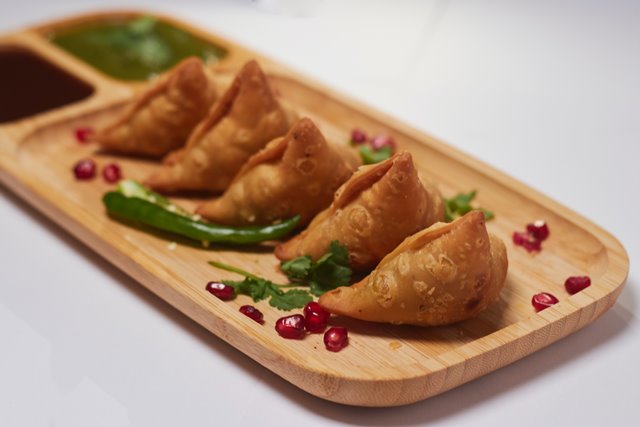
Southern African Cuisine
South Africa, Zimbabwe, Botswana, Namibia, and Zambia are all part of the rich, diverse culinary tradition in southern Africa. It is distinguished by the strong flavours, spices, and variety of meats it uses, including beef, game, and fish.
Biltong and Bobotie
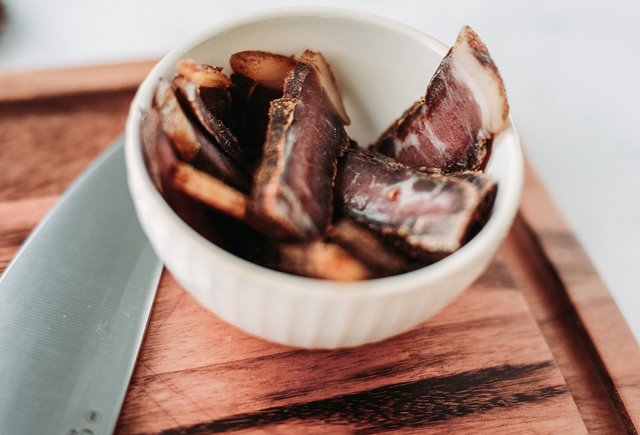
Biltong is one of the most recognizable foods in Southern African cooking. Like beef jerky, this dried meat snack is frequently made from beef, game, or ostrich. It is a common snack in the area and is typically seasoned with various spices, including coriander and pepper.
On the other hand, bobotie, a sweet and savory baked dish made with minced meat (typically beef), bread, and spices, is another well-known dish.
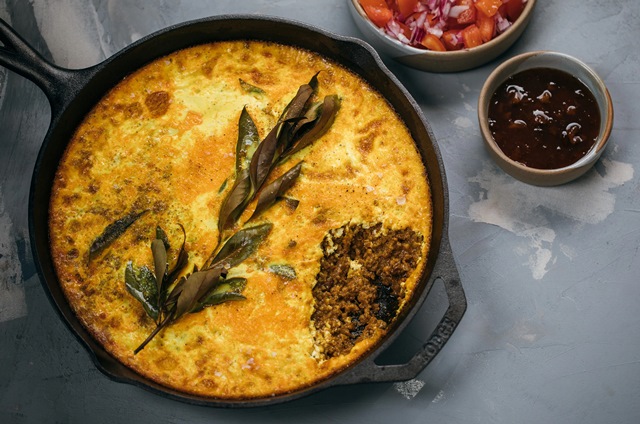
It is topped with an egg mixture that has the consistency of custard. Many will tell you it is the foundation of South African cooking and is frequently served with chutney and yellow rice.
Stews and Soups
In addition to biltong and bobotie, the cuisine of Southern Africa includes a number of appealing stews and soups.
Potjiekos, a traditional stew prepared in a cast-iron pot over an open flame, is also well-liked. It usually comes with maize meal (a food similar to polenta) and is made up primarily of meat, vegetables, and spices.
South African Snacks
South Africa boasts a wide range of snacks and street foods. This includes chakalaka (a fiery vegetable relish), vetkoek (a fried dough ball), and boerewors (a spicy sausage).
These tasty treats are a popular way to sample the flavours of Southern Africa on the go. However, this would be for adventurous foodies who love exploring food and several recipes.
Common Ingredients and Cooking Techniques Across Africa
Africa is a broad and distinct continent with a wide variety of culinary traditions and ingredients. And the shared history and cultural ties between various regions are reflected in the use of specific ingredients and cooking methods across the continent.

Grains, particularly maize, sorghum, and millet, are among the most widely used ingredients in African cooking.
Injera, couscous, and other starchy staples like ugali are frequently made from these grains and served with various stews and soups. In addition, rice is a typical component in many African dishes, particularly in West Africa. It is especially used to prepare the tasteful one-pot dish known as jollof rice.
Beans and legumes like black-eyed peas, lentils, and chickpeas are other typical ingredient. These are used to prepare filling stews and soups, such as the Ethiopian dish shiro and the West African dish mafe, which is a fiery chickpea and peanut stew.
Numerous African cuisines also frequently include meat as a key ingredient, especially beef, goat, and chicken. Additionally, game meats like ostrich and venison make up African cuisine.
Generally, African cuisine makes use of spices and herbs to give dishes flavour and depth. While herbs like basil, cilantro, and parsley are frequently used to add freshness to dishes, ginger, garlic, turmeric, and cinnamon are also favorites.
Before you go…
Hey, thank you for reading this blog to the end. I hope it was helpful. Let me tell you a little bit about Nicholas Idoko Technologies. We help businesses and companies build an online presence by developing web, mobile, desktop, and blockchain applications.
We also help aspiring software developers and programmers learn the skills they need to have a successful career. Take your first step to become a programming boss by joining our Learn To Code academy today!











